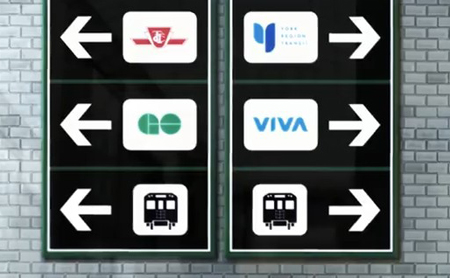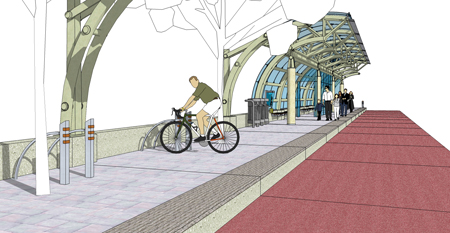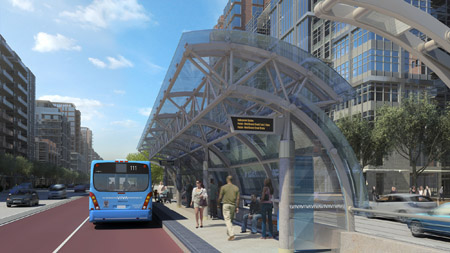
Last Friday, Metrolinx released its interim Benefits Case Analysis (BCA) for the Yonge North Subway extension.
The BCA was developed by Metrolinx in collaboration with the City of Toronto, the Regional Municipality of York and the Toronto Transit Commission. The analysis looked at two subway options, and a bus rapid transit option.
Here are the key findings:
- The subway options have a far greater positive impact on the environment, economy, land development and community than the BRT.
- The economic impacts of the subway options are considerable – creating 21,800 person-years of employment.
- Both subway options provide better service and reliability than the BRT. The BRT is not as reliable as the subway and would likely experience substantial overcrowding in peak hours.
- The BRT is not considered a long term solution.
- The BRT is likely limited by technology, and would not have sufficient capacity for the long-term needs of the corridor.
The proposed subway extension will meet up with the rapidways along Hwy. 7, which will soon get under construction. The combination of the rapidways and a connecting subway on Yonge St. creates a viable alternative to driving and will make it much easier for people to travel between York Region and Toronto.
While we would like to see the Yonge Subway extension proceed immediately, we know that projects of this magnitude can’t happen overnight. We will continue to work with all stakeholders and analyze the overall network elements, such as GO electrification impacts, the TTC capacity study at Yonge/Bloor, as well as the Downtown Relief Line.
The benefits of this project are significant and long-term. We will continue to work with all levels of government to ensure the funding is in place to keep this project moving forward.
The executive summary of the interim BCA is available here.


